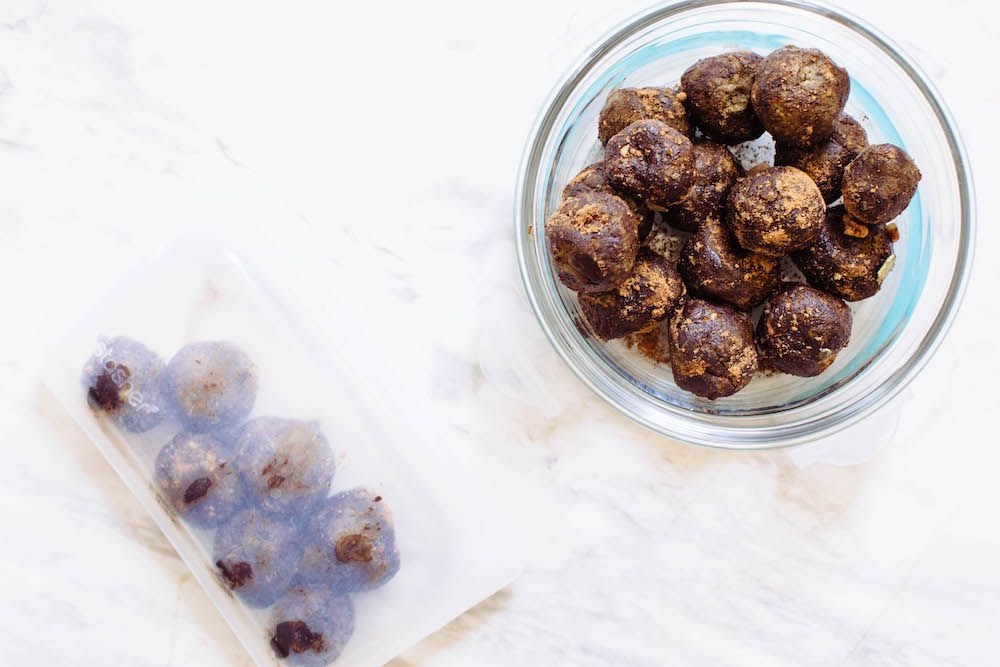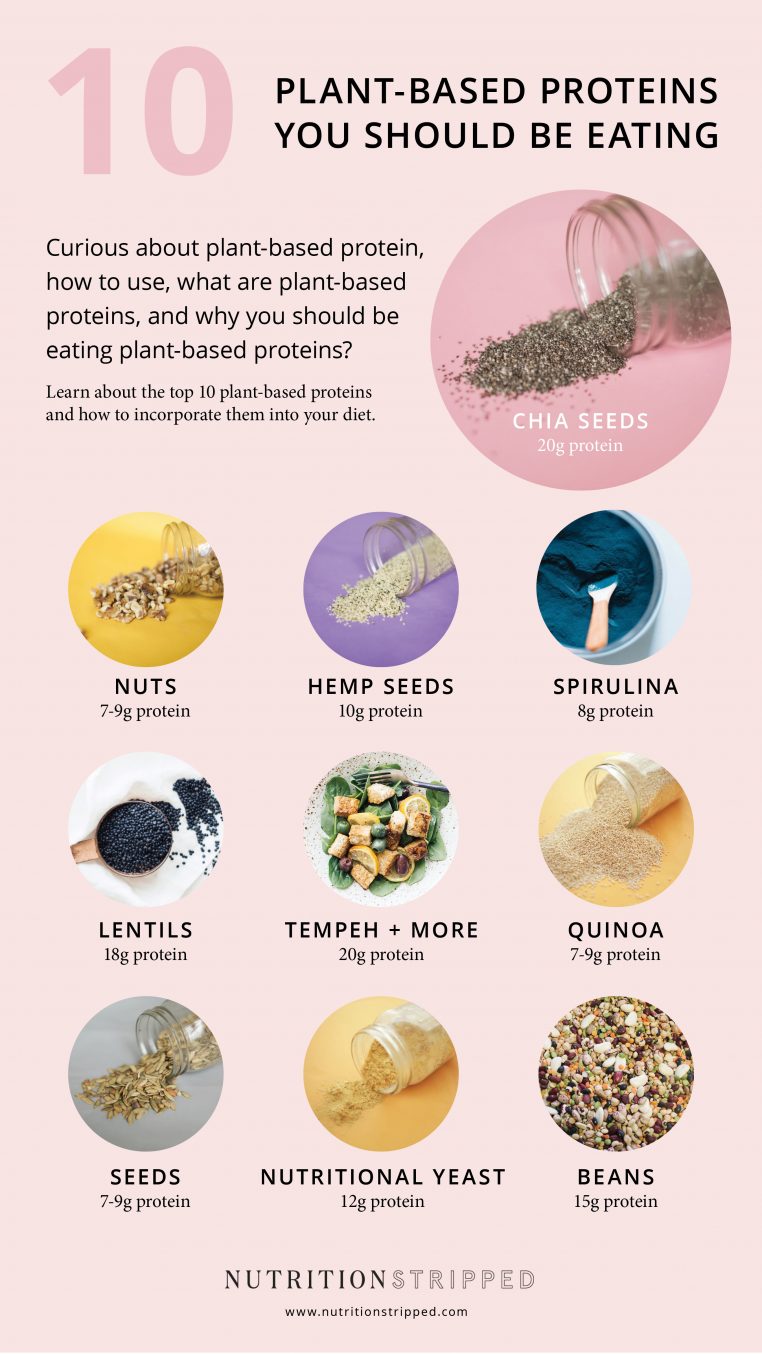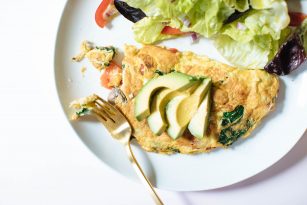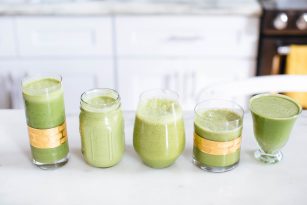Dietitian nutritionist McKel answers what is protein and shares the best protein sources for a healthy diet.
As a dietitian nutritionist, I get questions all the time about the basics of macronutrients, especially protein. Protein is an all too popular topic, especially for those living a plant-based lifestyle. Today, I’m not talking about vegan, nor paleo. This post explains what protein is, where it comes from, and the best sources of protein for a healthy diet. I’ve wrapped it all up for you into an easy-to-read guide to keep bookmarked for future use.
What is protein?
It all starts with amino acids. Protein actually isn’t protein unless we first learn about amino acids, the literal building blocks of protein. The term aminos is often used in relation to protein with descriptions using the word “essential”. There are technically three groups of amino acids – non-essential, essential, and conditional.
Non-essential amino acids are those that our bodies already have a supply of or we have the ability to make them on our own. Essential amino acids are those that we must gather from the foods we eat. Conditional amino acids are only essential during times of severe stress or trauma like surgery, medical illness, etc.
Why do essential amino acids matter?
Amino acids are the building blocks of protein, and all life forms need protein in order to live and grow. You should be mindful about getting enough essential amino acids in your diet and enough variety of all amino acids. If you’re vegan or vegetarian, you should be especially mindful about amino acids in your diet.
Here is a list of all of the amino acids:
Non-essential amino acids
- alanine
- asparagine
- aspartic acid
- glutamic acid
Essential amino acids
- histidine
- isoleucine
- leucine
- lysine
- methionine
- phenylalanine
- threonine
- tryptophan
- valine
Conditional amino acids
- arginine
- cysteine
- glutamine
- glycine
- ornithine
- proline
- serine
- tyrosine
Do you need to consume all amino acids at each meal to make a complete protein?
You do not need to consume all amino acids for a complete protein. This has got to be one of the biggest myths I read time and time again, even by nutrition professionals! You do not, I repeat, you do not need to consume all amino acids at each meal to make up a “complete” protein.
Our bodies are incredibly resourceful, and we naturally have a “pool” of amino acids in supply to use for when a meal might be a little low in one amino acid or the other. The key is to consume a wide variety of amino acids every single day. This will make sure your body has enough to make up for those times where you might be lacking.
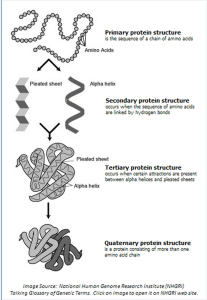 Here’s a little bit more science if you’re interested. Just like we talked about in Carbohydrates, part I and part II, proteins have different molecular structures. Proteins can be found as primary, secondary, tertiary, or quaternary structures all of which have different bonds, groupings, and ultimately structures, and remember amino acids are what build these! Primary structures are simply a linear amino acid sequence, secondary is a regular substructure containing alpha-helix and beta-strand, tertiary structure is a 3 dimensional structure, and quaternary is the largest and most complex structure. Okay mini science lesson is over, but here’s a little picture depicting proteins!
Here’s a little bit more science if you’re interested. Just like we talked about in Carbohydrates, part I and part II, proteins have different molecular structures. Proteins can be found as primary, secondary, tertiary, or quaternary structures all of which have different bonds, groupings, and ultimately structures, and remember amino acids are what build these! Primary structures are simply a linear amino acid sequence, secondary is a regular substructure containing alpha-helix and beta-strand, tertiary structure is a 3 dimensional structure, and quaternary is the largest and most complex structure. Okay mini science lesson is over, but here’s a little picture depicting proteins!
Why do you need protein?
Protein plays a HUGE role in the body, as do the other macronutrients carbohydrates and good fats. Protein is involved in digestive health, rebuilding tissue and muscle, energy, hormonal production (ex. growth hormone), immune health as antibodies, enzymes (ex. phenylalanine hydroxylase), structure, and storage/transportation of other molecules (ex. ferritin). Protein is part of every single cell in our body.
Protein makes up every cell in our bodies including the cells that make up your skin, hair, nails, muscle tone, digestive tract, and so much more. Since protein is involved in every cell in our body, it’s important to both eating enough but also eat the best quality and most bioavailable forms if possible.
Protein comes from many food sources all of which have different levels of bioavailability. More simply put, our bodies digest and absorb some proteins a little better or worse than others. Higher bioavailability and absorption is better.
There are many ways to measure how protein is digested and utilized in our bodies such as Biological Value (BV), Protein Efficiency Value (PEV), Protein Digestibility Corrected Amino Acid Score (PDCCA), and Bioavailability Score. For most of us, I don’t think these need to be on your radar but know they’re out there. The main point is that different food sources of protein result in different absorption. As you can guess, animal proteins such as eggs, beef, chicken, fish contain high amounts of protein and are also more bioavailable, but this doesn’t mean you can only achieve high protein bioavailability with these foods.
Food sources of protein
Animal Protein
- Proteins coming from animals such as wild caught fish, grass-fed beef, wild game, fresh eggs, etc.
Plant-Based Protein
- Proteins coming from plant sources such as legumes, beans, nuts, seeds, tempeh, spirulina and other algaes, etc.
How is protein digested?
The structure of animal proteins and vegetable or plant-based proteins are very different. Some people digest animal proteins with ease and their bodies perform very well with animal proteins. Others may suffer from constipation, bloating, or sluggish digestion after eating animal proteins which most likely means that their body doesn’t have the digestive capacity or strength to break animal proteins down. It could also result from lower than normal HCL levels in the stomach. HCL (hydrochloric acid) is a natural part of digestion in the stomach and is the first enzyme to break down food in the gut.
Of course, we know the first place digestion takes place is the mouth, but protein digestion is mainly focused in the stomach and gut. The stomach releases gastric juice which helps break down protein into chyme, which is just a word for food and gastric juices. Our gastric juice has important components for protein breakdown including pepsinogen which is converted to pepsin. HCL converts pepsinogen into pepsin, which breaks down the proteins into peptides and also keeps our stomach pH in the normal range of 2, dissolves food, and kills harmful microorganisms. Little note, if you think you have low HCL, it’s nothing to self-diagnose. Go see your physician. Cris Kessler loves talking about digestion and HCL, so read up on some of his resources if you’re interested.
What foods help support digestion?
There are a few foods that help digest and break down protein by their enzymes: pineapple, papaya, and apple cider vinegar. Both pineapple and papaya contain bromelain which is an enzyme that helps our digestion when breaking down protein. Apple cider vinegar is great to add acidity to break down proteins as well. I shared much more detail about this in the Basic Guide to Digestion.

